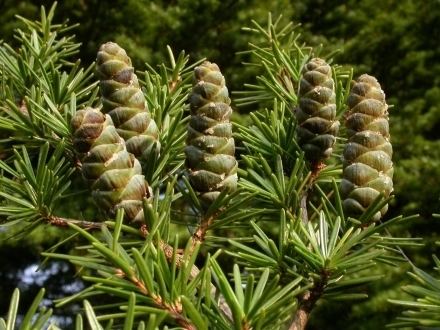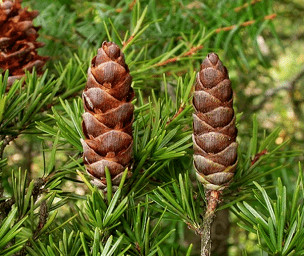Class Pinopsida Scientific name Nothotsuga longibracteata | Division Pinophyta Species N. longibracteata Rank Genus | |
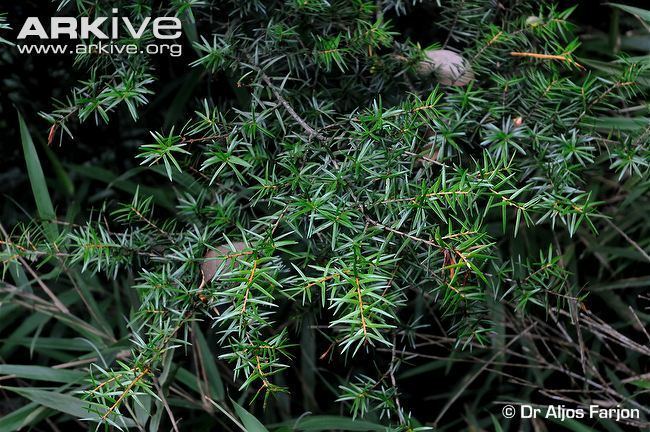 | ||
Similar Keteleeria, Pseudolarix, Cathaya, Abietoideae, Laricoideae | ||
Nothotsuga is a genus of coniferous trees in the family Pinaceae. It is endemic to China.
Contents
Nothotsuga contains only one species, Nothotsuga longibracteata, commonly known as the Bristlecone Hemlock, which is found in southeastern China, in southern Fujian, northern Guangdong, northeast Guangxi, northeast Guizhou and southwest Hunan.
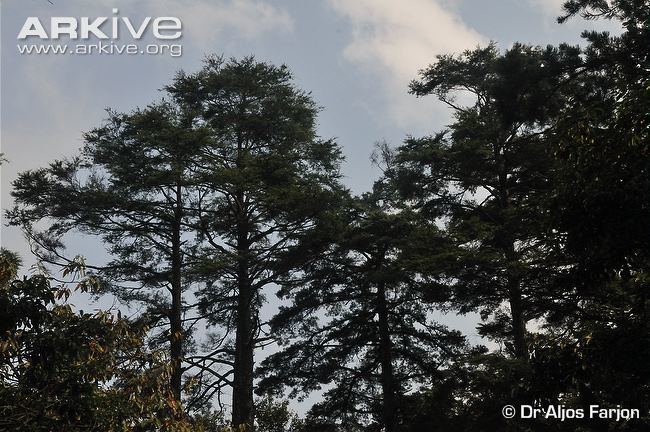
Description
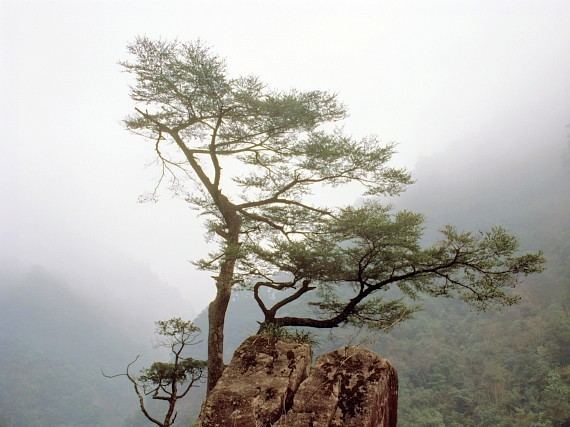
Nothotsuga longibracteata is an evergreen tree reaching 30 m (100 ft) tall. The leaves are flat, needle-like, 1.2–4 cm (0.5–1.6 in) long and 1–2 mm (0.04–0.08 in) broad, very similar to those of Tsuga. The cones are very similar to those of Keteleeria but smaller, 2.5–5 cm (1–2 in) long, erect, and mature in about 6–8 months after pollination.
Taxonomy
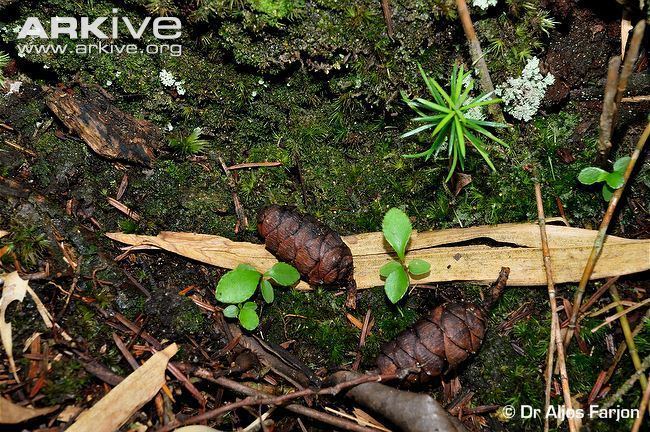
In many respects Nothotsuga is intermediate between the genera Keteleeria and Tsuga. It was discovered in 1932, and at first treated as Tsuga longibracteata, being classified in its own genus in 1989 when new research indicated how distinct it is from other species of Tsuga. It is distinguished from Tsuga by the larger, erect cones with exserted bracts, and (like Keteleeria) male cones in umbels, and from Keteleeria by the shorter leaves and smaller cones.
Conservation
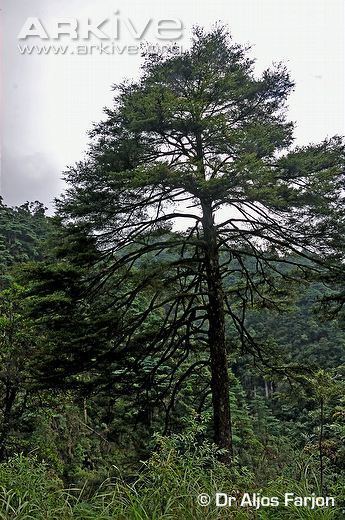
It is a very rare tree listed as a near-threatened species by the International Union for Conservation of Nature due to historical deforestation, though it is now protected.
